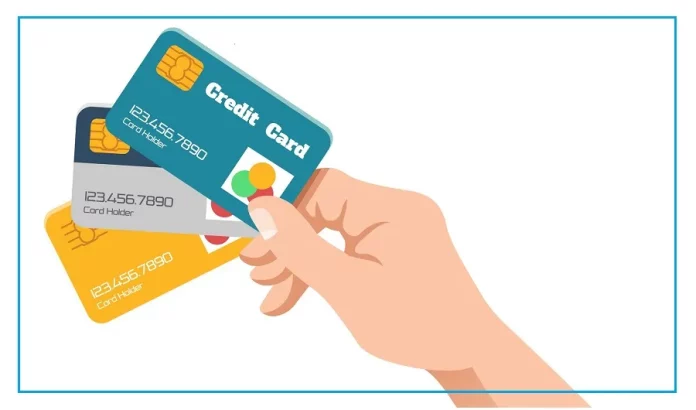Starting September 1, 2024, IDFC First Bank will reduce the minimum payment amount on credit cards.
Under the new rule, customers can pay as little as 2% of the total outstanding amount if they cannot pay the full balance.
Previously, customers were required to pay at least 5%. Axis Bank introduced a similar change in November last year.
Impact on Credit Card Customers
Reducing the minimum payment amount might initially seem beneficial, but it could be harmful in the long run.
Paying only the minimum amount extends the time it takes to clear your balance and increases the total interest paid.
Credit card companies charge high monthly interest rates, often between 3-4%, translating to over 40% annually. Here’s why the reduced minimum payment can be disadvantageous:
Increased Interest Costs: For a credit card bill of ₹1 lakh, the previous minimum payment of 5% would have been ₹5,000.
With the new 2% rule, the minimum payment drops to ₹2,000. Consequently, you would accrue interest on ₹98,000 instead of ₹95,000, leading to higher interest expenses.
No Interest-Free Period: If you don’t pay off the entire bill, you forfeit the interest-free period on new transactions. Interest starts accruing immediately, increasing your overall cost.
Expert Insights
Dev Ashish, founder of Stableinvestor.com, warns that the reduction in minimum payments can lead to higher interest charges.
Since rolling over balances results in interest being charged from the transaction date, paying less than the full amount exacerbates financial strain.
